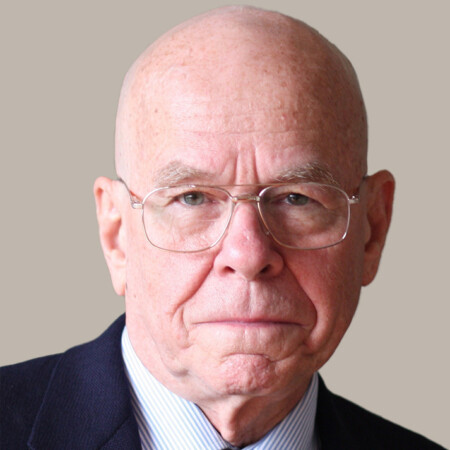K. Barry Sharpless

Scripps Research Institute
2001 & 2022 Nobel Laureate
Karl Barry Sharpless is one of only five Laureates who have received a Nobel Prize twice. In 2001 for developing the first chiral catalysts and in 2022 for the development of click chemistry and bioorthogonal chemistry. He has also received the ACS Priestly Medal. He was born on April 28, 1941, in Philadelphia. He received a Ph.D. from Stanford University in 1968. After postdoctoral work, he joined MIT in 1970. In 1990 he became W.M. Keck Professor of Chemistry at the Scripps Research Institute in La Jolla.
2023 ACS Fall POLY: CME NASA Symposium Abstract
Click Chemistry: New Directions
Abstract Body: Click chemistry was defined by Kolb, Finn, and Sharpless in a 2001 Angewandte Chemie article. It has evolved substantially since then, to the point of having applications in most all fields of pure and applied chemistry. Thanks to Craig Hawker and Charlie Hoyle [thiol ene click reaction] it got off to a very fast start in materials science where making serial connections with extraordinary reliability is often the central requirement. The azide•terminal alkyne triazole synthesis, aka CuAAC, was discovered independently in 2002 by the Meldal and Sharpless groups in Copenhagen and La Jolla, respectively. CuAAC quickly emerged as the quintessential click reaction for its near perfect yields over multiple serial steps. Polymer creating reactions that tolerate the dioxygen and water of earth’s atmosphere are rare to non-existent. Both CuAAC processes and our newer 2014 discovered SuFEx catalysis to polysulfate linkages are exceptional in this regard. Today I highlight the properties of some SuFEx polysulfate polymers which have emerged in a collaboration between Scripps and the Molecular Foundry Lab at Berkeley. The phenomenon mediated by these polymers is to shield electric capacitors from the destructive effects of both high temperatures and high electric fields, more effectively than the existing materials for this purpose. The question is, how can a thin film of polymer, a condensed chemical phase, shield against the electromagnetic field force of physics. Our latest results and thoughts are presented.

